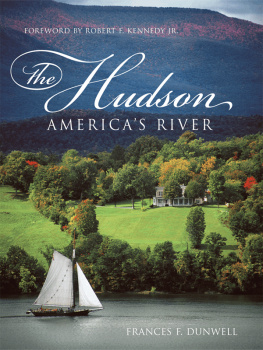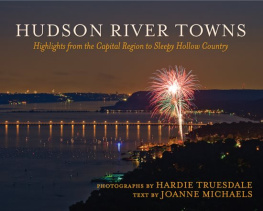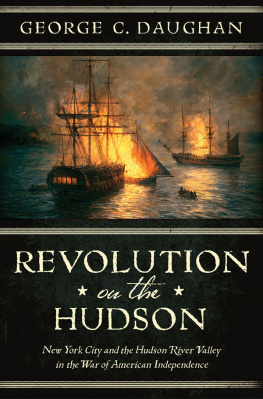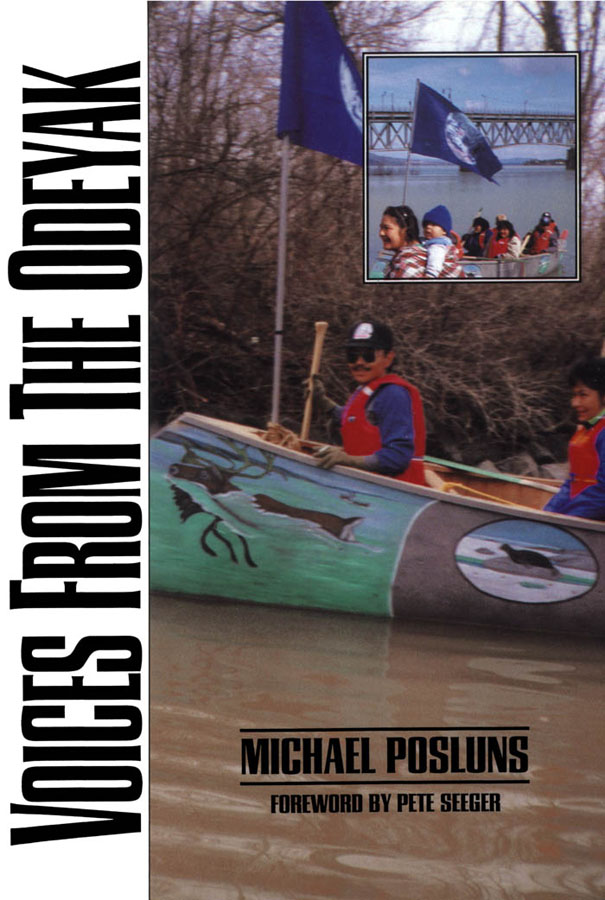Acknowledgements
The primary challenge of writing an acknowledgement is accepting that the full extent of my indebtedness is quite possibly beyond words. Any attempt to express the full range of my gratitude would surely produce another entire book. My task is made easier, in this respect, by acknowledging the very great and real debt I owe to all the people whose names are mentioned in the course of the book. I am indebted to everyone who was gracious enough to answer my questions, in the Great Whale communities, in Chissasibi and down south. Theirs are The Voices from which I built this book.
Among all the many people who graciously indulged my questions I am especially indebted to the elders of Whapmagoostui and Kuujjuaraapik who shared their own life stories in assisting me to sketch the history of parts of their communities and their relationship with the land and the animals that continue to sustain them. Mina Weetaltuk, a much loved Inuit elder told me, It doesnt take so many words to understand these things. What she said came from the depths of her commitment to the land and to her community. Her statement also struck a familiar chord; it was something my own Mother might have said under similar circumstances. The generosity of the elders, leaders and young people of the Great Whale communities, and of their hosts along the entire route, in providing me with interviews and with source materials was so great that I need to emphasize my own responsibility for the final selection of material.
Six of the original Odeyak travellers came with me to re-trace the trip the following year: Mina Weetaltuk, Caroline Weetaltuk, Joseph Petagumskum, Larry House and Matthew Mukash. Their insights and recollections at each stopping place along the entire route made the original adventure come to life in my mind.
Robbie Niquanicappo spent many hours with me before I began formal interviews in the Great Whale communities. His questions helped me to become clearer about my own mission. His questions and his stories helped me to prepare to meet the other people I would interview. Luis Egurun, an organizer with the Grand Council of the Crees James Bay Task Force, gave me my earliest introduction to the Great Whale communities. He also provided some insights which could only have come from a person with deep personal ties in both Montral and Whapmagoostui and for whom English and French were both second languages. Father Tom Martin offered many insights into the Great Whale communities religious life and the role of the institutional church in enabling the voyage of the Odeyak.
Emily Masty is a person to whom I am most especially indebted. At the end of a long school term, while she was teaching her Grade Six class, she found time to arrange meetings with each of the elders who appear in the book and to translate their answers and their stories. John Petagumskums answer to my question about how freshwater seals are different from marine seals their esophaguses are bigger. inspired me to dig deeper at each stage of my research. Caroline Weetaltuk shared the inner sanctum of her fathers workshop and the unimaginable expanse of ice and sky bridging the waters from the Kuujjuaraapik coast to the channel islands.
One or two people in each place along the Odeyaks route provided me with an overview of their region that helped to organize the many bits and peices. Nancy Papish and Doris Delaney each pulled together a very large number of loose ends. John Mylod reinforced my certainly about the chronology of the latter part of the voyage by cross-checking dates and times both with his own calendar and with the log of the Clearwater. Jeff Wollock provided an historians sense as well as a New Yorkers love of Manhattan. His presence at the earliest announcement of the Odeyak voyage, and again in Hull and at Manhattan, provided me with a most fortunate overview of the whole sequence. Kenneth Deer and Michael Canoe also provided special insights from their perspective, escorting the Odeyak through traditional Mohawk territory. Jim Higgins provided a perspective on Vermont and its deeper connections to the message of the Odeyak which could only have come from someone who had absorbed an intimate rivers eye view of the North as well as of his own state.
Bill Hoyt, a Member of the New York State Assembly from Buffalo, was another arctic canoeist who offered me some early insights into the politics of his state. The week before Governor Mario Cuomo cancelled the larger New York contract with Hydro Qubec, Mr. Hoyt died.
Several other people contributed to my research far beyond their apparent role in the telling of the story. Jim Dumont, the Vermont attorney for the Grand Council of the Crees, explained the Vermont legal issues to me while he baby sat one Saturday morning. Lesley Becker provided further background on the town and village meetings of Vermont. Karen Lohr provided a perspective on the James Bay issue rooted in her experience as a southerner and as a leading Sierran.
Robert Shipley edited a much longer manuscript to the point where it might offer a much more enjoyable reading. Caroline Walker, the publisher of NC Press Ltd., introduced Robert and me. Howard Norman, whose Wishing Bone Cycle of poetic renderings of Cree trickster stories, from the other coast of Hudson Bay, provided continuing encouragement when I was searching for a home for Voices.
Paul Wertman, my former seatmate at the Narayever Congregation in Toronto and a community development consultant with the Oujebougoumou Band, began the series of introductions which led to my being welcomed into the homes and schools where I interviewed the Odeyak travellers. Brian Craik, the Director of Federal Relations at the Grand Council of the Crees encouraged me to write something that would endure. The Grand Council has been generous in their support of my research. Billie Diamond, the first Grand Chief of the Crees and Matthew Coon Come, the Grand Chief at the time of the Odeyak, each offered their very personal historical perspectives at very early morning breakfasts.
I completed Voices while I was beginning a graduate program at York University. Two professors in the Faculty of Environmental Studies were more than generous in their support for this work. Mary Bernard reviewed .
The illustrations in this book were contributed by people for whom photography is another way of carrying on the Odeyaks message of sharing: Nancy Papish of Schenectady, N.Y., Charles Moore of Glens Falls, N.Y., Rob Rondon of Stormville, N.Y., John Puleio of Burlington, Vt., Isaac Masty of Whapmagoostui, and Lois Glenn-Karp, of Paradox, N.Y.
A number of children helped me find my way around both the Great Whale communities of Whapmagoostui and Kuujjuaraapik and around Chissasibi. Their willingness to ask me questions often re-assured me in my role of interviewing their parents and grandparents. Their capacity to ask probing questions in two, and sometimes three languages, is an example to contemporary journalists and scholars.
My most special debt is to my partner-and-friend, Marilyn Eisenstat, who walked with me through my many doubts and uncertainties and sharpened my vision with an early editing of two sample chapters.
Bibliography
Books and Journals
MacGregor, Roy, Chief: The Fearless Vision of Billy Diamond, Penguin Books, 1990.
Miller, J.R., Skyscrapers Hid the Heavens: A History of Indian White Relations in Canada, University of Toronto Press, 1991.






